Nationality American Books John Mason | Role Artist Name John Mason | |
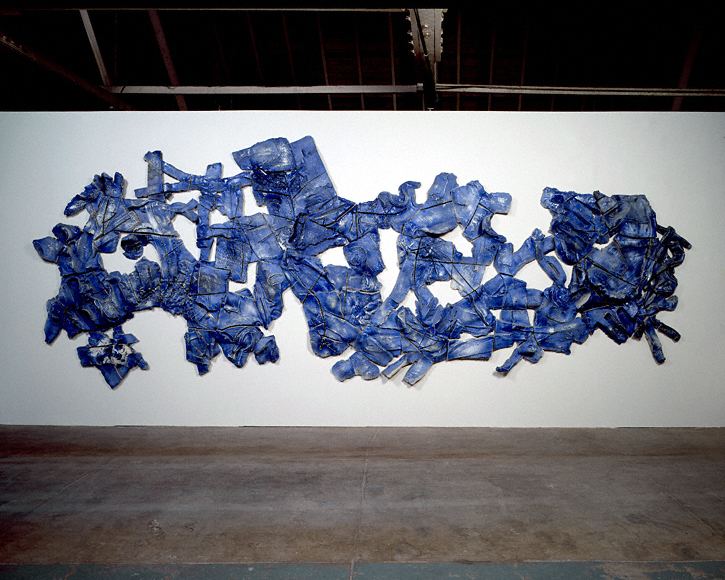 | ||
Similar People Peter Voulkos, Kenneth Price, Paul Soldner, Billy Al Bengston | ||
John Mason (born in 1927 in Madrid, Nebraska) is a contemporary American artist. From very early on, Mason’s work focused on exploring the physical properties of clay and its “extreme plasticity.” Mason is recognized for his focus and steady investigation of mathematical concepts relating to rotation, symmetry, and modules as well as his formal innovation with the ceramic medium.
Contents
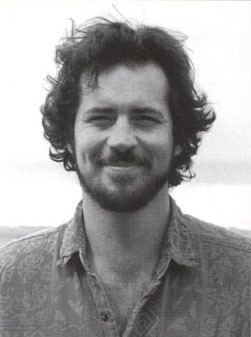
John mason sculpture 1958 1964
Biography
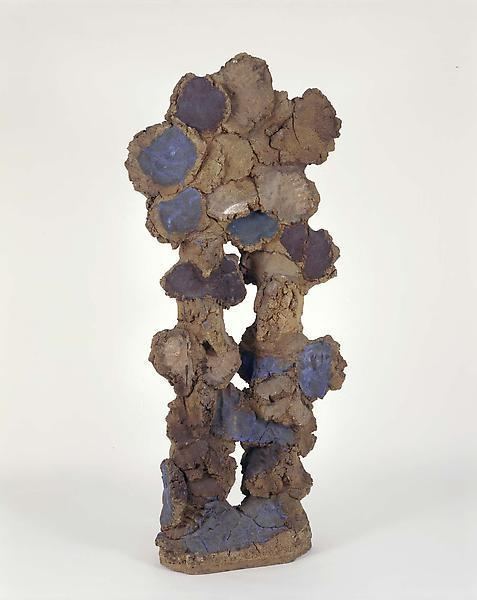
While his early childhood was spent in the midwest, Mason's family moved to Fallon, Nevada in 1937, where he finished elementary and high school. Mason settled in Los Angeles in 1949 at the age of 22. Mason attended Otis Art Institute, and in 1954 enrolled at Chouinard Art Institute, where he became a student and close friend of ceramicist Peter Voulkos. The two rented a studio space together in 1957, which they shared until Voulkos’ move to Berkeley, CA in the fall of 1958.
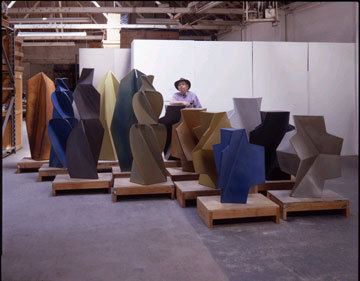
Mason’s early Vertical Sculptures from the early 1960s were associated with contemporary trends in Abstract Expressionism and also with the aesthetics of primitivism. In their “rawness, spontaneity and expressiveness,” as writer Richard Marshall has described it, the pieces “give the impression of having been formed by natural forces. The formal and technical aspects of balance, proportion, and stability – although purposefully planned and controlled – are subsumed by the very presence of the material itself.”
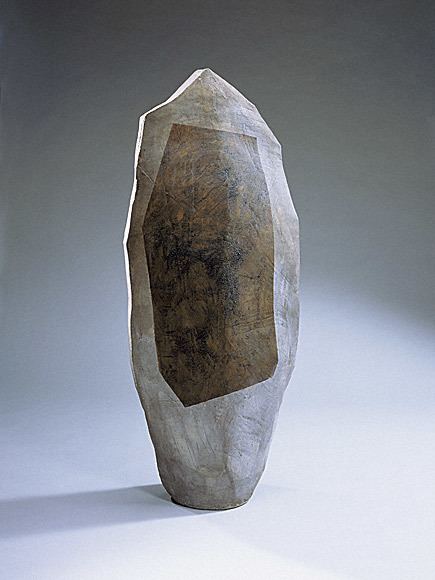
Mason later equipped his studio to prepare, manipulate, and fire monumental sculptures in clay, many of which had to be fired in pieces weighing over a ton in kilns that had already been adapted to serve his large-scale purposes. As writer and curator Barbara Haskell wrote in the introduction to the catalog for Mason’s 1974 retrospective at the Pasadena Museum of Art,
These pieces have a monumentality and physical size that had no precedent in contemporary ceramics. In this case, as was to be true for each new series Mason embarked on, a whole new technology had to be evolved or invented to execute the new pieces. Due to the size limitations of the kiln, the forms had to be fired in sections and the pieces later assembled on the wall. Originally constructed on the floor, they recall the harsh, rocky terrain of the desert.
A subsequent series represents a more conceptual approach to Mason’s interest in mathematics, one that is concerned less with the physical properties of clay as a medium and more with what those properties allow one to represent. As Richard Marshall puts it:
The Firebrick Sculptures, begun in the early 1970s, reveal a shift in Mason’s work away from an involvement with materials and technique toward an involvement with the conceptualization and systematization of a piece that is removed from its actual realization. While maintaining an association with the ceramic tradition – firebricks are made of ceramic material and are used for the construction of kilns – their neutral color and standardized form make it possible to conceive of and execute large-scale geometric configurations of stacked bricks, such as Hudson River Series VIII (1978), in a variety of mathematically plotted arrangements. These works cannot be perceived as single objects, and move into areas of spatial experience, visual perception and illusion, and architectural site-oriented installations. It is such systematized manipulation and exploration – in both ceramic and non-ceramic materials – that continue to direct Mason’s work.
